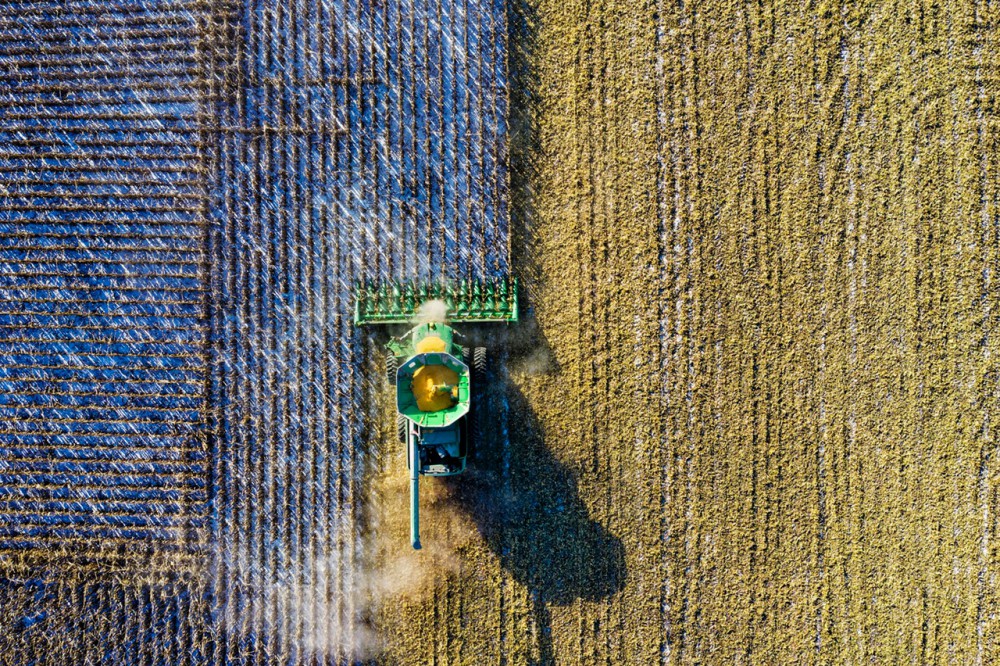GMO corn, or genetically modified corn, is purposely altered in such a way that it achieves specified goals and offers specified benefits.
The overall goal of GMO corn is that it is better, it is healthier, and it is more useful.
There are various advantages and disadvantages that come with GMO corn; let’s consider those pros and cons now.
What are the benefits of GMO corn?
Advantages of GMO Corn
1 GMO corn and GMO crops in general can be grown to fit in with specific purposes in mind
There are many differing specific purposes that GMO corn can be grown for. Here are a few of those purposes – those goals:
GMO corn can be grown so that it tastes better for human consumption.
GMO corn can, regardless of climatic conditions or the surrounding environment, provide far higher yields than would otherwise be possible.
Higher yields can be achieved even when pests are a problem.
2 GMO corn can offer additional nutritional benefit
Even in the U.S., arguably the most developed country in the world, on a daily basis, people go hungry.
It is estimated that as many as one in seven adults goes hungry daily. That number rises for children: One in five children are said to go hungry on a daily basis in the U.S.
Further, worldwide, more than 3 billion people live on earnings of less than $2.50 each day. More than 80 percent of the global population live on less than $10 per day.
Genetically modified corn can offer a far more varied and healthy nutritional content than non-genetically modified corn, with additional vitamins and minerals.
GMO corn can be used to address the problems related to worldwide hunger, at least to some extent.
3 No preservatives but longer shelf life
Cutting food wastage is a goal for many families in developed countries.
GMO corn is one approach to successfully achieving that goal.
GMO corn can last longer than non-modified corn, and yet, there is no requirement for any kind of preservative.
4 Reduction of other food costs
Corn is utilized in various other food products, anything from syrups through to cereals.
In the U.S. alone, on average on an annual basis, the consumption of corn syrup is 42 lbs. per person.
Again, in the U.S., the average consumer eats 1,500 lbs. of corn per year.
GMO corn can last longer and offer a far more consistent yield than “normal” corn.
In turn, costs a driven lower and other foodstuffs that include corn become cheaper, too.
Disadvantages of Genetically Modified Corn
1 Economic benefits are not yet established
GMO corn generally takes more time to grow and to ripen than non-GMO corn.
There are, obviously so, financial cost implications there. However, it’s difficult to establish exactly what those costs are.
2 GMO corn can cause allergic reactions and may have societal, religious and cultural implications
GMO corn consists of various genetics from alternative crops and even from animals.
As an example, GMO corn can have soybean DNA added. GMO corn can have pig DNA infused.
In turn, people who never experience allergic reactions from corn, could, in fact, suffer allergic reactions to GMO corn.
Furthermore, societal, cultural and religious implications exist with respect to GMO corn, given that animal genetics are used in the breeding programs.
3 GMO corn can impact other crops
GMO corn, just like any other crop type, needs to be pollinated, after which, seeds are produced.
Cross-pollination can have an impact on other, nearby crops.
4 Carcinogenic
There have been GMO studies that, while not conclusive, have given rise to increases in cancer in lab animals.
Further studies are required, but there remains some concerns that cancer rates could rise through the consumption of GMO crops in general.
5 Antibiotic resistance
When a bacteria is exposed to an antibiotic over an extended period of time, it can generate a certain resistance to that antibiotic.
In GMO, it is not uncommon to alter, or modify, seeds, whereby genes that have demonstrated a resistance to antibiotics are used.
The Centers for Disease Control and Prevention (CDC) reports that, on an annual basis, there are over 2 million people worldwide that are infected with bacteria that has become antibiotic resistant. More than 20,000 people annually die from these types of infections.
All in All
As we have seen, GMO corn has many advantages, but there are, likewise, a number downsides, too.
GMO corn, and genetically-modified crops in general, can help to improve the scenario of worldwide hunger – a hunger that is even experienced in the U.S.
Together with enhanced distribution networks, more people will enjoy more to eat.
However, there are a number of potential GMO-related health risks – health risks that need to be explored and assessed much further than they have been to date.
